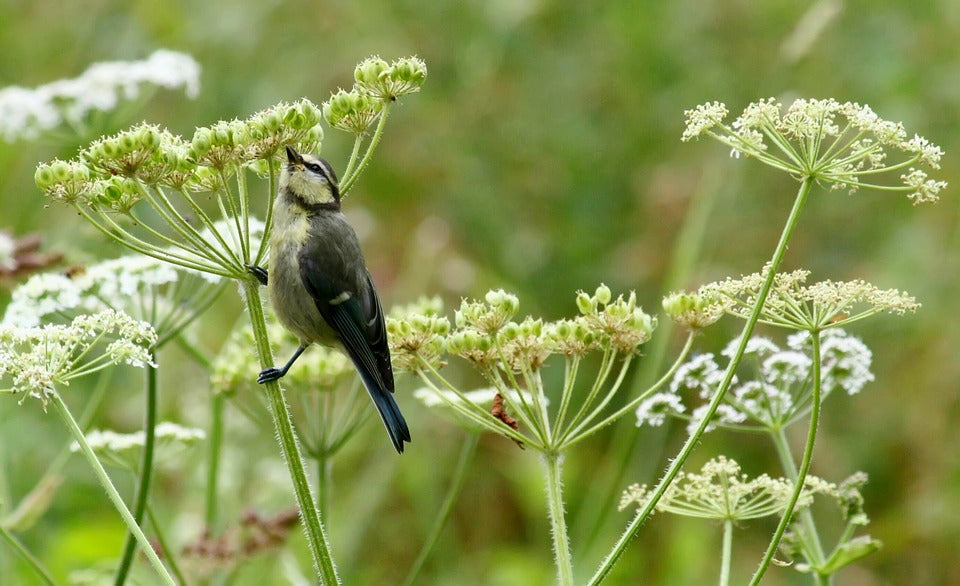Offer
Provide additional details about the offer you're running.
Provide additional details about the offer you're running.
Provide additional details about the offer you're running.

The answer is yes, but only a few species take part in what is known as “caching”. Caching is the activity of collecting and hiding food to be eaten at a later time by birds. Although this activity is obviously very prevalent during the fall and winter, most birds that do store food, tend to do so for most of the year.
You can find a wide variety of birds that take part in caching, often storing hundreds of seeds each and every day. Chickadees, Nuthatches, Tufted Titmice, some Woodpeckers, Jays & Crows will all store their food for a later point in time. The Northern Shrike is also another example of a bird that will store his food like moles and mice on sharp objects like thorns and wire fences.
The location of caches will vary depending on the bird’s habitat. Popular storage areas include seeds and nuts wedged into the bark of trees or beneath house eaves or shingles, and many birds will cache food by burying it or covering it with leaves or mulch.
The amazing part about this all is, after storing hundreds of seeds per day over a variety of locations, these species can remember where each seed was placed, even over a 30 day period. This is mainly due in part to their hippocampus, the part of their brain used for spatial memory. This part of these birds’ brains actually grows larger in size during the fall season to aid them in remembering the location of their cached food.
These caching birds are great for the environment, particularly in helping certain species of trees grow and mature. In forested areas, birds are often responsible for helping tree growth from their stored nuts and seeds. In fact, there are now 11 species of oak trees that depend on Jays for the dispersal of their acorns.
High Quality Blend